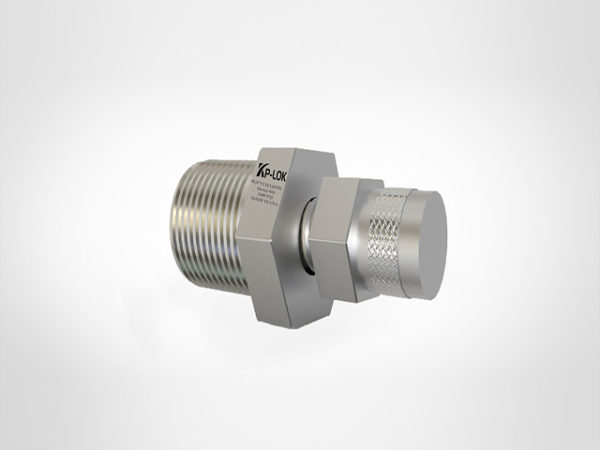Control
Valve Selection - 8 Things to Remember
Selecting awrongly sized or incorrectly
sized control valve can result to serious consequences for safety, operation,
and productivity. Below is a list of some of the things you should keep in mind
while selecting your control valve:
·
The control valve is not an
isolation valve and should not be used to isolate.
·
At all times, choose the right
building materials carefully. Consider valve parts that touch the process
media, like valve bodies, seats, and other "wet" parts. Think through
the operating temperature and operating pressure that the control valve can
see. Lastly, study the ambient environment and the corrosion that may occur
outside the valve.
·
Place the flow sensor upstream
of the control valve. Placing it downstream of the control valve makes it
exposed to an unstable flow rate due to instability in the valve hole.
·
Ensure that the valve can
function mechanically, taking into account the degree of control required. Too
many dead bands make hunting and control difficult. The dead zone is approximatelydescribed
as the sum of control signal necessary to cause a change in the position of the
valve. Shabby or slackly installed mechanical connection or controller
adjustment causes it. In addition, tolerances of mechanical sensors, intrinsic
friction of the valve stem and seat, or small actuators can affect it.
·
Consider penance. The propensity
for valves that have moved very limitedly or that do not move is called a
"stick." This is usually caused by valves that maintain pressure on
the packing glands, seats or discs. Additional forces must be applied to the
actuator to overcome friction, which can result in overshoot and poor control.The EVAP system stops fuel vapors in the tank of fuel from escaping into the environment.
·
Adjust the loop controller
correctly. Overshoot, undershoot, and hunting will occur if the tuning is not poor.
Verify that the proportional, integral, and derivative values are defined).
Today, it is very easy to use a controller with advanced auto-tuning capability
that supersedes the previous trial-and-error loop adjustment method.
·
Do not overuse the control
valve. Control valves are often larger than those required for the flow loop
theyswitch. In a case where the control valve is extremely large, just a little
percentage of the displacement is used (a small change in valve position will
hunt the valve because it has a large effect on the flow rate). Excessive wear
occurs. Always resize the control valve at about 70% -90% of travel.
·
Consider the kind of control
valve in use and the integral flow features. Other types of valves and their
disks have various flow features (or profiles). The flow physiognomies can be by
and large regarded as a change in flow rate with respect to the change in the
position of the valve
Above are some of the most important
criteria to consider when choosing a control valve. You should always consult a
qualified professional before final selection.
